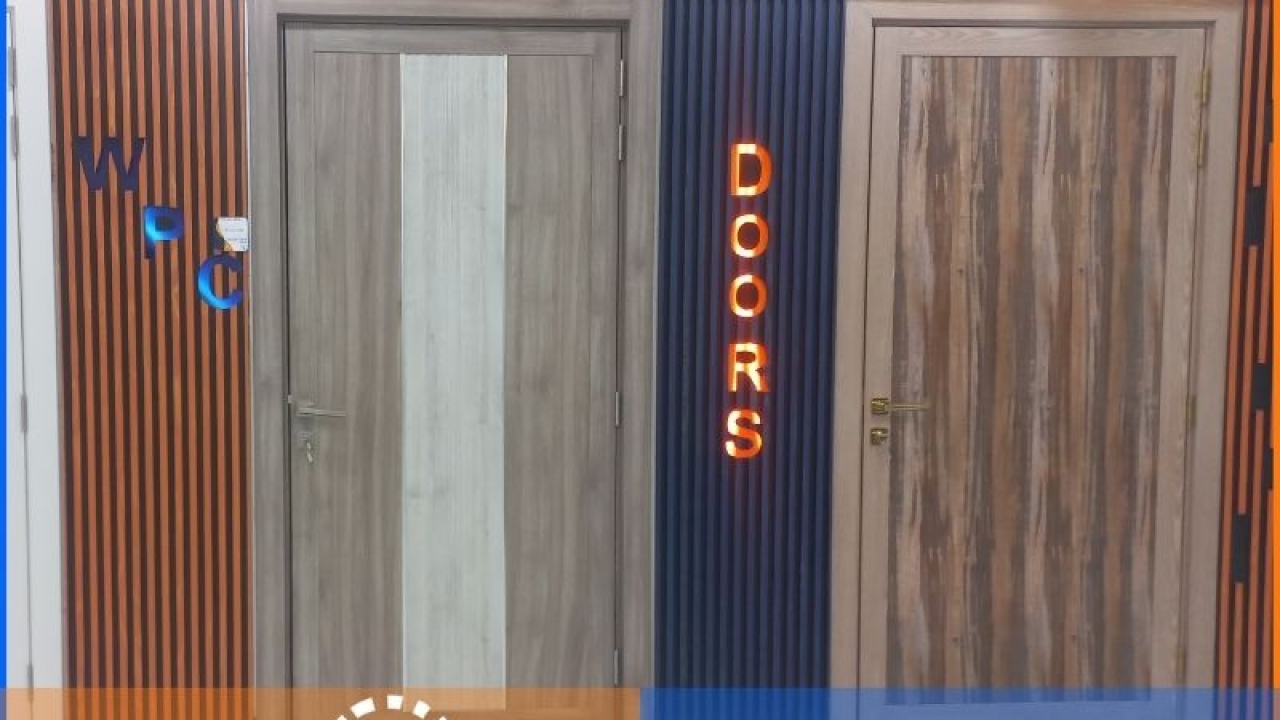New blog posts
Warum GoodWe in Leipzig die Vorreiterrolle für erneuerbare Energien einnimmt
14 September, 2024 by Evionyx Solar
Die Zukunft der Energiegewinnung ist grün,...

Find Old Tractors at Affordable Rates to Enhance Your Farm’s Productivity
13 September, 2024 by tractor factory
Are you a farmer looking to boost your...

Find Old Tractors at Affordable Rates to Enhance Your Farm’s Productivity
13 September, 2024 by tractor factory
Are you a farmer looking to boost your...
Web Directory
Why Architects and Designers Are Choosing WPC Doors for Projects
Posted on 30 May, 2024 by Royal Enfield Clinic Abu Dhabi

In recent years, architects and designers have increasingly turned to Wood-Plastic Composite (WPC) doors for their projects, and for good reason. WPC doors offer a myriad of advantages that make them an attractive choice for both residential and commercial spaces. From their durability to their versatility in design, WPC Doors are transforming the way architects and designers approach interior and exterior spaces.
Durability and Longevity
One of the primary reasons architects and designers opt for WPC doors is their exceptional durability. Unlike traditional wooden doors, which are susceptible to warping, rotting, and termite damage, WPC doors are engineered to withstand the elements. Made from a blend of wood fibers and plastic polymers, WPC doors are highly resistant to moisture, making them ideal for areas prone to humidity or fluctuating temperatures. This durability ensures that WPC doors maintain their structural integrity over time, reducing the need for frequent replacements and minimizing maintenance costs for building owners.
Versatility in Design
Another compelling factor driving the preference for WPC doors is their versatility in design. WPC doors can be manufactured to mimic the appearance of various wood species, allowing architects and designers to achieve the desired aesthetic without compromising on performance. Whether it's the rich grain of oak, the sleek finish of mahogany, or the rustic charm of cedar, WPC doors offer endless possibilities for customization. Additionally, WPC doors can be easily molded into different shapes and sizes, making them suitable for a wide range of architectural styles and applications. From contemporary office buildings to traditional residential homes, WPC doors seamlessly integrate into any design scheme, enhancing the overall look and feel of the space.
Sustainability
Sustainability is a growing concern in the architecture and design industry, and WPC doors address this issue by offering an environmentally friendly alternative to traditional wooden doors. By utilizing recycled wood fibers and plastic polymers, WPC doors help reduce the demand for virgin materials, thereby conserving natural resources and minimizing waste. Additionally, the production process for WPC doors consumes less energy compared to the manufacturing of conventional wooden doors, further reducing their environmental impact. Architects and designers who prioritize sustainability appreciate the eco-friendly credentials of WPC doors, allowing them to create spaces that are both aesthetically pleasing and environmentally responsible.
Ease of Installation and Maintenance
Architects and designers are also drawn to WPC doors for their ease of installation and maintenance. Unlike solid wood doors, which often require specialized tools and expertise for installation, WPC doors can be easily installed using standard carpentry techniques. This not only streamlines the construction process but also helps minimize labor costs for builders and contractors. Additionally, WPC doors are low maintenance, requiring only occasional cleaning with mild soap and water to keep them looking their best. With their resistance to moisture, stains, and fading, WPC doors retain their appearance and performance with minimal upkeep, making them an attractive option for busy commercial spaces and high-traffic areas.
Cost-Effectiveness
In an industry where budget constraints are a common concern, architects and designers appreciate the cost-effectiveness of WPC doors. While solid wood doors can be expensive to procure and install, WPC doors offer a more affordable alternative without sacrificing quality or aesthetics. The durability and longevity of WPC doors also contribute to their cost-effectiveness over time, as they require fewer repairs and replacements compared to traditional wooden doors. By choosing WPC doors for their projects, architects and designers can deliver exceptional value to their clients without exceeding budgetary constraints, making them a preferred choice in today's competitive market.
Conclusion
In conclusion, the growing popularity of WPC doors among architects and designers is no coincidence. With their exceptional durability, versatility in design, sustainability, ease of installation and maintenance, and cost-effectiveness, WPC doors offer a multitude of benefits that make them an attractive choice for a wide range of projects. Whether it's a residential renovation or a large-scale commercial development, architects and designers can rely on WPC doors to deliver both performance and style, making them a valuable asset in today's architectural landscape.
https://latestsms.in/funny-good-morning-sms.htm
24 July, 2024
https://www.cargoes.com/rostering-system
23 November, 2022
https://www.cargoes.com/rostering-system
92452 Views
http://aptrondelhi.in/
26512 Views
https://www.networkersguru.com/
3 October, 2019
http://www.ytcaster.com/
11 January, 2019